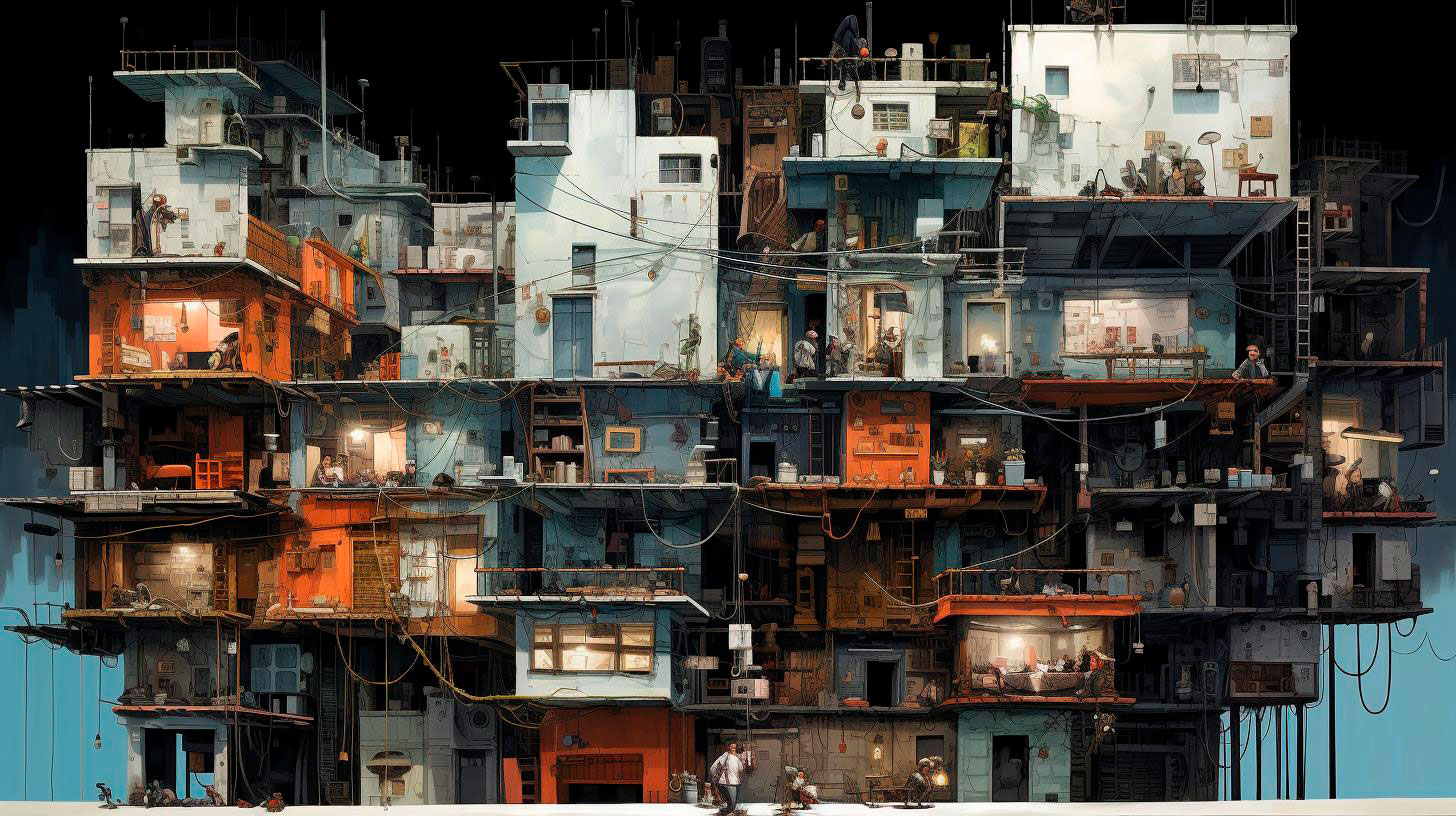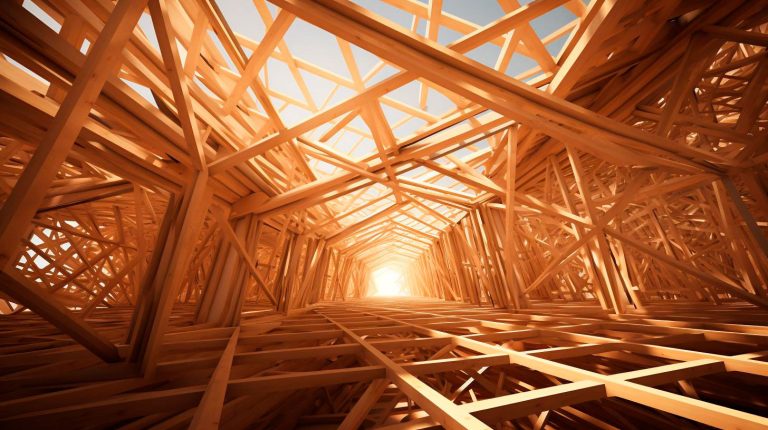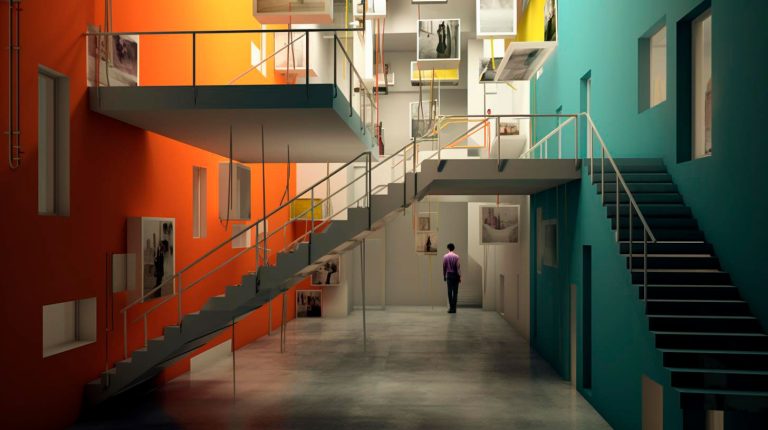The Rise of Minimalist Architecture
Minimalist architecture has gained significant popularity in recent years for its sleek and sophisticated aesthetic. With its emphasis on clean lines, minimal ornamentation, and open spaces, this architectural style offers a sense of tranquility and visual harmony.
Key Takeaways:
- Minimalist architecture focuses on clean lines, simplicity, and open spaces.
- It offers a sense of tranquility and visual harmony.
- The use of natural light and functional materials is prominent in minimalist designs.
Advantages of Minimalist Architecture:
- Minimizes visual clutter and promotes a sense of calmness.
- Optimizes space utilization and enhances functionality.
- Allows for seamless integration of interior and exterior spaces.
The Art of Minimalist Architectural Photography
Minimalist architectural photography aims to capture the essence of minimalist designs. It requires a keen eye for details and an understanding of the core principles of the architectural style.
When photographing minimalist architecture, photographers often focus on capturing precise angles, highlighting the play of light and shadow, and emphasizing the clean lines and geometric forms. This style of photography aims to create compelling visuals that evoke a sense of serenity and balance.
Key Takeaways:
- Minimalist architectural photography captures the essence of minimalist designs.
- It emphasizes precise angles, light and shadow, and clean lines.
- The goal is to create visuals that evoke serenity and balance.
Advantages of Minimalist Architectural Photography:
- Highlights the unique features and design elements of minimalist architecture.
- Offers a fresh perspective on space, form, and functionality.
- Creates visually striking images that resonate with viewers.
Key Considerations for Minimalist Architectural Photography
Composition:
Pay attention to the composition of your photographs. Use leading lines and symmetry to create a sense of balance and harmony. Experiment with different angles to showcase the unique aspects of the architecture.
Lighting:
Lighting plays a crucial role in minimalist architectural photography. Natural light is often preferred to accentuate the clean lines and forms. Consider the time of day and the direction of light to create dramatic effects.
Details:
Focus on capturing the small details that make minimalist architecture unique. Look for interesting textures, patterns, and materials. These details add depth and character to your photographs.
Post-Processing:
Use post-processing techniques to enhance the mood and aesthetics of your images. Adjust the exposure, contrast, and color balance to achieve the desired visual impact.
The Interplay of Form and Function
In minimalist architecture, form and function are intricately intertwined. The clean lines and uncluttered spaces not only create a visually pleasing environment but also enhance the functionality of the design.
Key Takeaways:
- Minimalist architecture harmonizes form and function.
- Uncluttered spaces enhance the functionality of the design.
- Attention to detail and deliberate design choices create a seamless user experience.
Advantages of Harmonizing Form and Function:
- Creates a visually pleasing and inviting atmosphere.
- Promotes a sense of tranquility and calmness.
- Enhances the usability and practicality of the space.
Conclusion: The Beauty of Minimalist Architecture in Photography
Minimalist architectural photography offers a captivating glimpse into the world of clean lines, simplicity, and uncluttered spaces. By harmonizing form and function, minimalist architecture creates visually striking designs that stand the test of time.
Whether you are an architect, a photography enthusiast, or simply appreciate art and design, exploring minimalist architectural photography is a journey worth taking. Let the images speak to you, as they capture the ethos of minimalism and the harmony between form and function.

















+ There are no comments
Add yours